Where Inspiration Meets Impact
Florida International University has delivered clean water, sanitation and hygiene solutions to countries throughout the world while also conducting research to protect water quality and water security. Our researchers are working across all targets set by the United Nations for Sustainable Development Goal 6, helping to ensure sustainable access to CLEAN WATER AND SANITATION.
Clean Water and Sanitation
FIU is working across all targets set by the United Nations General Assembly in Sustainable Development Goal 6 to deliver solutions for clean water, sanitation and hygiene for people all across the world.

6.1 Ensuring access to drinking water
FIU has delivered clean water solutions to places throughout the world including Sub-Saharan Africa, South Asia, Latin America, and the Caucasus through initiatives funded by USAID. Our International Water Programs provide water management services to people and ecosystems through infrastructure improvements, education, integrated water management policies and research. Find out more on FIU's efforts to ensure access to drinking water.

6.2 Improving saniation and hygiene
FIU has delivered sanitation and hygiene solutions to countries throughout the world including Ghana, Mali, Niger, Rwanda, Tanzania, Kenya, Burkina Faso and Mozambique through initiatives supported by USAID. These efforts included a particular focus on gender equality and the responsibilities women in developing countries often shoulder, including promoting healthy hygiene practices within their families. Find out more on FIU's efforts to improve sanitation and hygiene.

6.3 Protecting water quality
FIU scientists, through research and action, are preventing and reducing water pollution of all kinds including nutrient, plastics and microplastics, PFAS forever chemicals, oil and industrial contaminants, pharmaceuticals, and other debris. With a campus on Biscayne Bay and one on the edge of the Florida Everglades, protecting and preserving water quality is a way of life at FIU. Find out more on FIU's effort to protect water quality.

6.4 Improving water security
The UNESCO Chair on Sustainable Water Security in FIU’s Institute of Environment is charged with bringing together research and education to address regional, national and global water security issues, through innovative interdisciplinary research and partnerships for sustainability. Find out more on FIU's efforts to improve water security.

6.5 Implement integrated water resources management
FIU has delivered clean water, sanitation and hygiene solutions to countries throughout the world for more than a decade. FIU has focused on low-cost solutions, community engagement and government collaborations to help improve water management practices along with healthier and more sustainable communities. Find out more on FIU's efforts to implement integrated water resources management.

6.6 Protect and restore ecosystems
In collaboration with local and international partners, FIU research has led to expanded protections for endangered species and adaptive management of freshwater, coastal and marine resources. Find out more on FIU's efforts to protect and restore ecosystems.

6.a-b Supporting communities
FIU is more than a top research institution. Our researchers are committed to putting their work into action. The International Water Programs in the Institute of Environment are focused on improving the lives of people in developing countries, empowering communities and protecting water resources for all. Find out more on FIU's efforts to supporting communities.
Target 6.a-b Supporting communities
By 2030, expand international cooperation and capacity-building support to developing countries in water- and sanitation-related activities and programmes, including water harvesting, desalination, water efficiency, wastewater treatment, recycling and reuse technologies
Support and strengthen the participation of local communities in improving water and sanitation management
News

He drove 1,000 miles for seagrass, now he advocates for 10,000 miles of coastline
Sep 17, 2025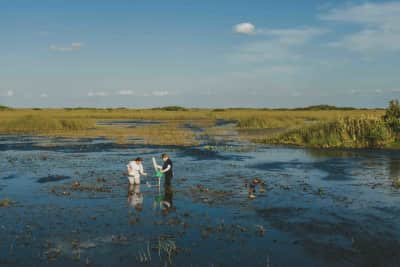
FIU gets $6.375 million renewal from NSF for Everglades research
Sep 10, 2025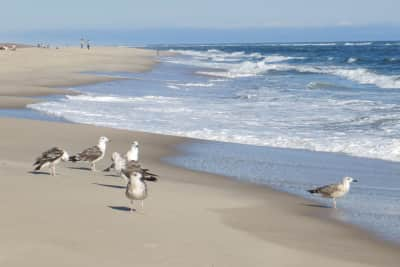
New York's Coopers Beach named America's best beach as 3 others stricken from top 10
May 22, 2025
Not in the mood: Mercury messes with songbirds’ mating game
May 1, 2025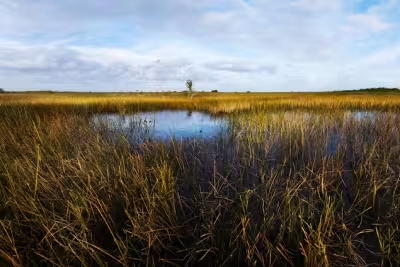
25 years of Everglades restoration has improved drinking water for millions in Florida, but a new risk is rising
Apr 15, 2025
From the Florida swamps to the halls of Washington, D.C.: FIU convenes Everglades restoration scientists and environmental policymakers
Jan 6, 2025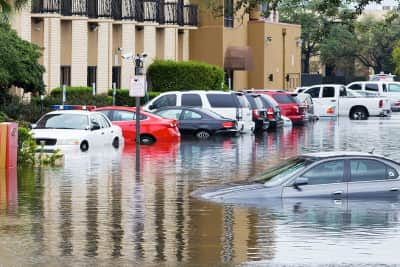
New FIU-led coastal and inland flood loss model certified by the state
Dec 3, 2024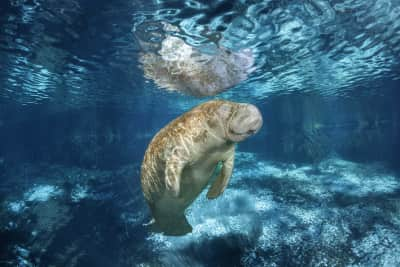
Untreated sewage and fertilizer runoff threaten the Florida manatee’s main food source, contributing to malnutrition
Nov 14, 2024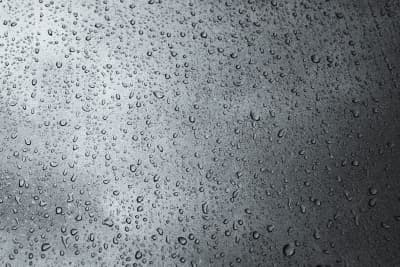
It’s literally raining “forever chemicals” in Miami
Nov 4, 2024









